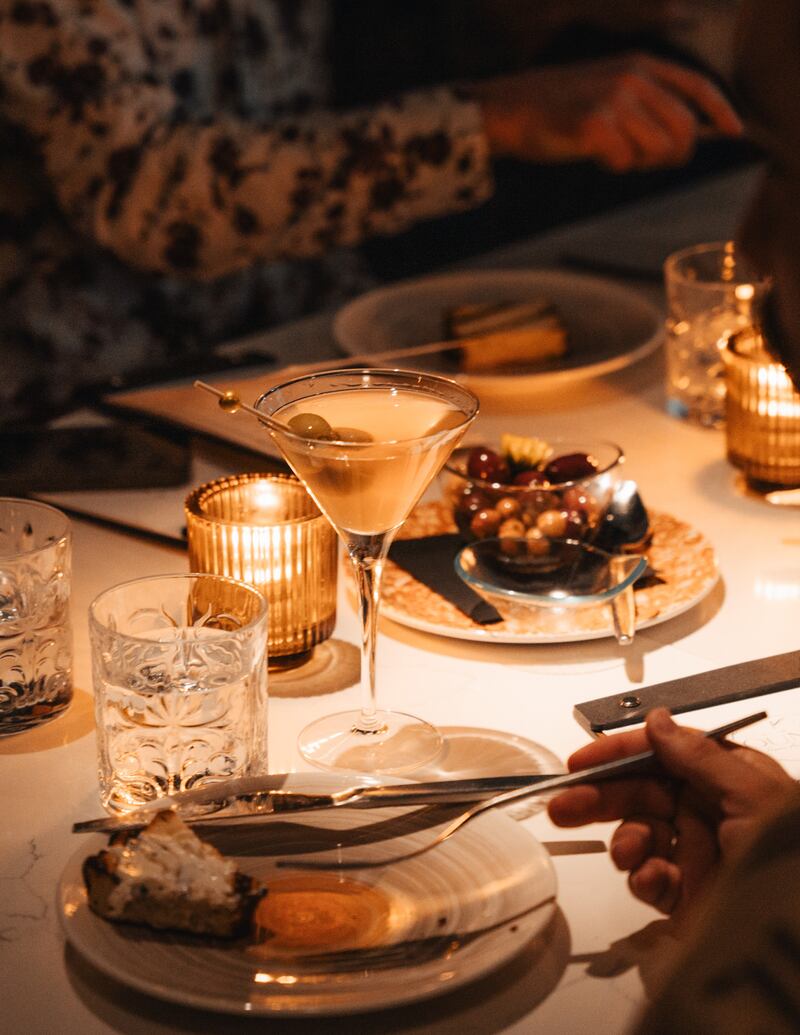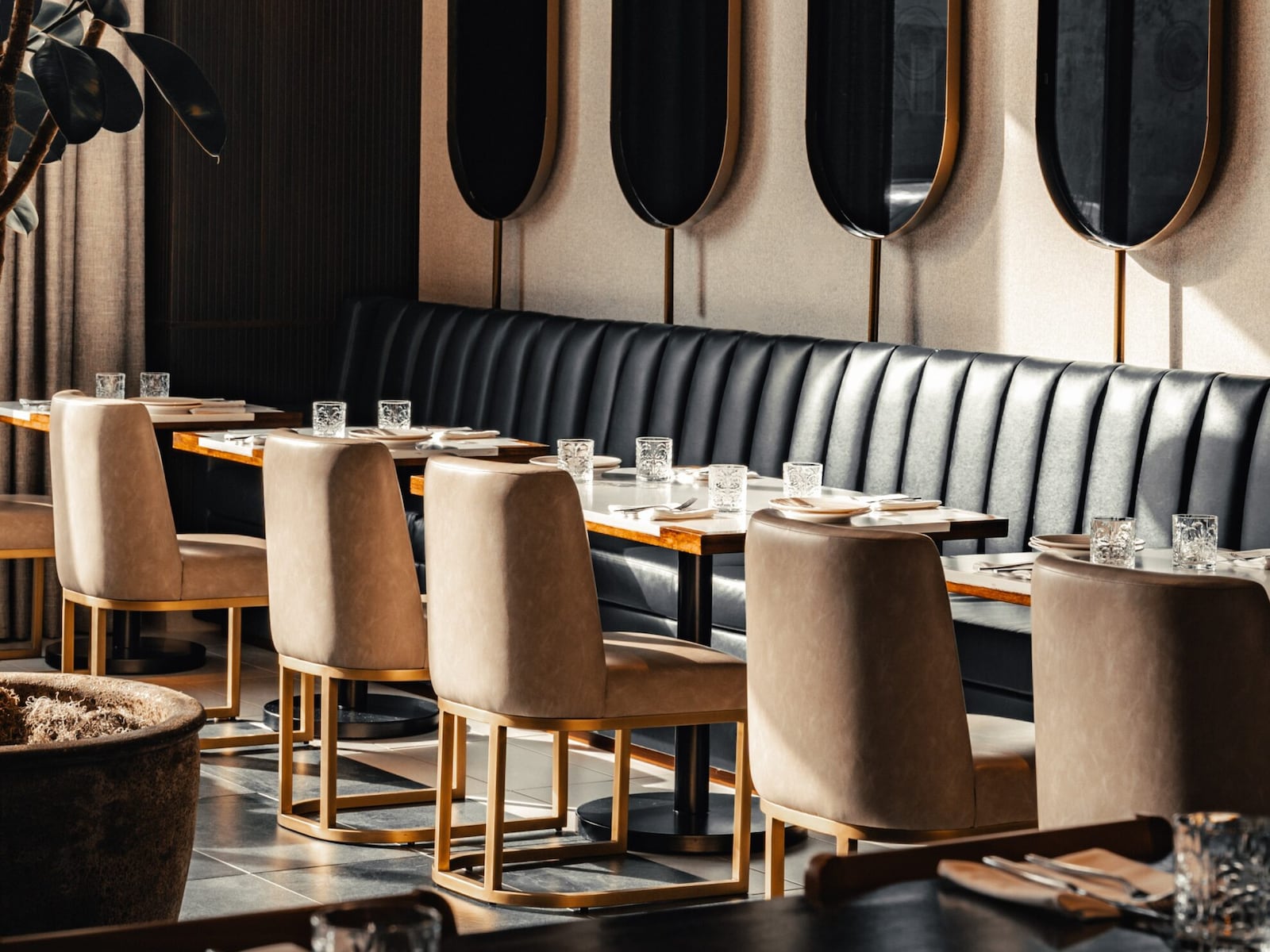This story appears in the October issue of Utah Business. Subscribe.
The end of an Alta Club meal calls for what my hosts affectionately refer to as “the world’s smallest sundae.” Vanilla bean ice cream striped with chocolate and caramel sauce arrives in a shot glass topped with whipped cream, slivered almonds and a maraschino cherry. It’s gone in four bites.
J.R. Howa, the Alta Club’s current president, remembers eating the same sundae when visiting the club with his father and grandfather as a kid.
“You’d put your Sunday best on. Mom and Dad didn’t have to tell you to be on your best behavior,” Howa says, recounting his first impressions of the club. Today, he continues, “I can’t tell you how many times I’ve come in and started talking to another member, and the next thing we know, we’re working on a project together. Those projects may have never happened or come to fruition had it not been for the Alta Club.”
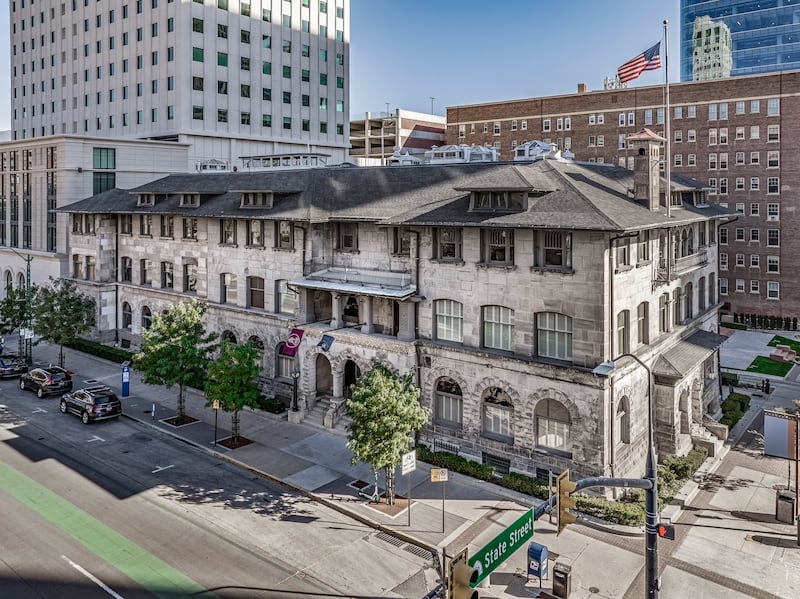
It’s a business success story that’s over a century old. The Alta Club — the city’s oldest operating social club — was founded in 1883 by 81 charter members, 35 of which were involved in mining, smelting or assaying. In 1897, club leaders purchased the building on the corner of State Street and South Temple from Brigham Young’s daughter-in-law. Many things inside have stood the test of time since then.
While on a tour with Richard Wilcox, the club’s concierge, he tells me that the billiards room has changed the least in the last 125 years, and the library has changed the most. “It used to be full of men smoking cigars and reading newspapers,” he says.
Of course, the library isn’t what’s actually changed the most. Women weren’t allowed to be members of the Alta Club until 1987, and in the early days, they weren’t even allowed on the main floor. Today, I walk right through the club’s front doors. In the card room, two black-and-white photos hang on the wall: In one, male members sit around a table in 1939. Below it, the Alta Club’s women members sit around a table in 2017. They outnumber the men in the older photo two to one.
When Michael Porschatis, Alta Club’s controller and CFO, first entered the club as a line cook in 1990, it was still transitioning from being a men-only club. The culture was quite formal — everyone wore ties and jackets, he says. Today, the rules have loosened quite a bit, and shorts are even allowed during summertime. Though I feel underdressed in my simple shirt and wide-leg pants during my visit, Porschatis assures me I’ll only get in trouble if I wear ripped jeans or flip-flops, or if I use my laptop and cellphone at the table.
Other things I learn during my tour: Mark Twain once sat at the Alta Club bar while writing a story on Brigham Young for a magazine. Two well-considered slot machines in the card room kept the club in the black during the Great Depression. I’m particularly taken by Wilcox’s ghost stories: A man smoking a cigar in bed in the 1950s accidentally set himself and the third floor on fire (He haunts the staircase.); overnight guests complain about people moving furniture in the next room (which is empty); night auditors are startled by the sound of people laughing and playing 2 a.m. billiards games down the hall (then walk in to discover no one there).
Wilcox also claims the opulent dining room on the second floor is where some of Salt Lake City’s most important decisions were made over the last 100 years. Now, food service takes place at the grill on the first floor, and the old dining room is used primarily for weddings and other special events. “Times change,” Wilcox says somberly, “And we have to change with them.”
For the leadership team of the Alta Club, deciding what parts of it to preserve versus what should adapt to the modern world is a delicate balancing act.
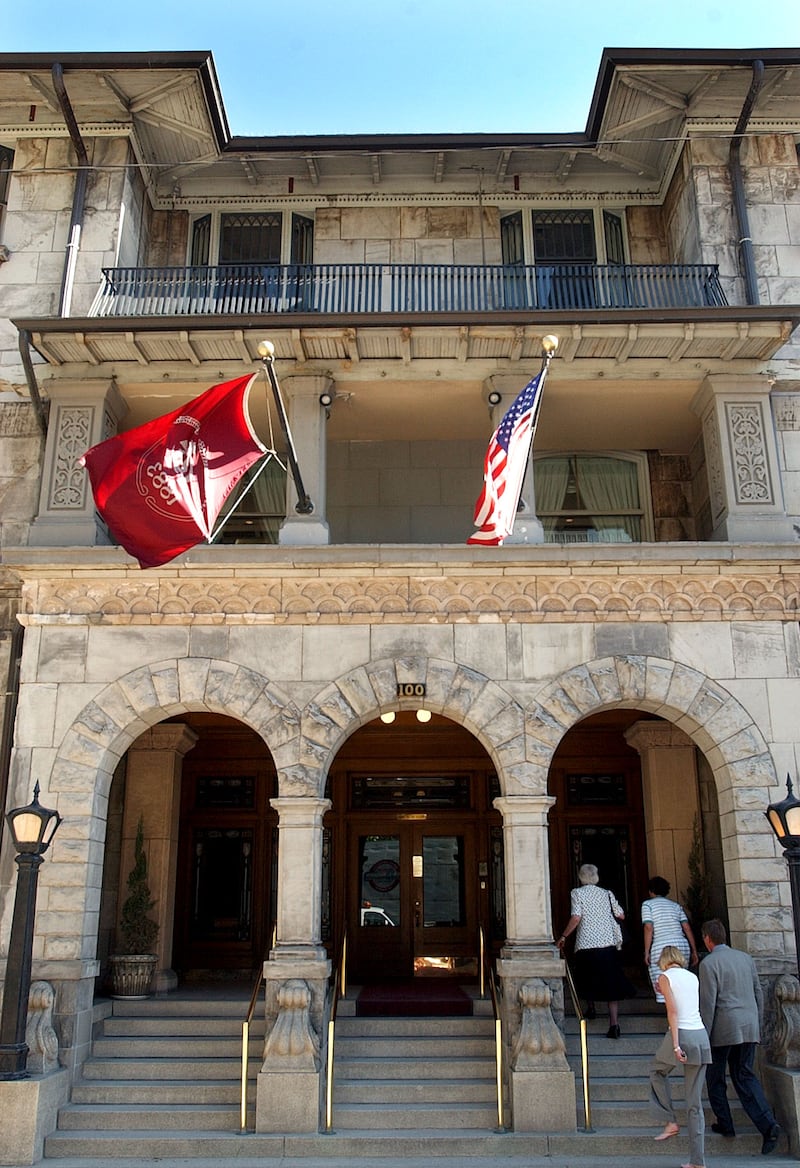
A wealth of tradition
A hardbound Alta Club history book — a gift given to prospective members — proudly states that the club’s original motto was “To present the comforts and luxuries of a home together with the attraction to its members of meeting each other in a pleasant and social way.” That motto recently changed to “Where business gets done.”
“Utah is experiencing an explosion of entrepreneurialism,” says Frank Pignanelli, incoming president of the Alta Club. “We’re restructuring for those younger entrepreneurs.”
But how? Howa — the club’s youngest president at age 38 — says it’s about balancing respect for the tradition and legacy of the Alta Club while adapting to a new work environment that doesn’t require wearing a suit every day. As one phase of this plan, he and Pignanelli plan to add an open coworking space to the Alta Club’s library. The club also offers a junior membership for young professionals between the ages of 31–35, with the price of initiation and monthly dues slashed significantly (otherwise $1,000 and $331 per month, respectively, for residents above age 35). Associate junior members between the ages of 21–30 pay even less.
Alta Club members have access to the club’s physical amenities (which include a gym, steam room, salon, and the option to book onsite hotel rooms for themselves or clients) and programming. Family-friendly events like Breakfast with Santa are a highlight, as are various parties, book signings, mayoral debates and educational panels. Members also have access to 169 reciprocal members-only clubs around the world, including the fabled New York Athletic Club, founded in 1868.
But the most valuable feature of club membership appears to be twofold: 1) the chance to connect with other members — many of whom have, as Porschatis says, “made it to the pinnacle of their profession and industry” — and 2) the chance to build upon the Alta Club’s profound history.
“This club has been through the Civil War, World War I, World War II, multiple pandemics, George Floyd, the meltdown on Wall Street …” says Byron Russell, former club president. “And why is it still here? It’s not because of some fragile placement or a branding exercise. It’s because the club is the place to be, and its history is what the future is. There’s a privilege to that. You can’t design it. You can’t brand it. You can’t build it.”
Pignanelli wraps up the benefits of his Alta Club membership with a similar sentiment.
“You ever watch the show ‘Cheers?’ The song goes, ‘Sometimes you wanna go / Where everybody knows your name / And they’re always glad you came.’ That’s the Alta Club,” he says. “It’s a great way to have a community. And I know that when I do deals here or have clients sleep upstairs, I can trust everyone is well taken care of.”
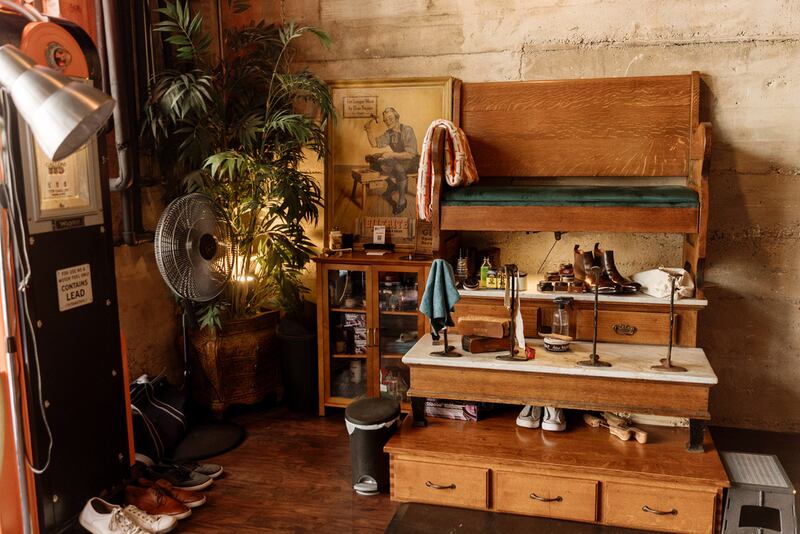
Follow the clover
Every corner of Mac’s Place is sprawling with Western antiques: vintage Harley-Davidson signs, leather Chesterfield sofas, a cowboy bar built in 1901. Look up Mac’s Place on Google and it’s discreetly categorized as a barber shop. Mac’s Place founder and owner Brady McIntyre uses other words to describe it, too, like “low-profile” and “exclusive.” Just don’t call it a gentleman’s club.
“We are not men only,” McIntyre continues. “That’s a common misconception.”
Misconceptions about Mac’s Place may stem from its ultra-private atmosphere, which is by design. The club doesn’t do any marketing or press; membership has grown exclusively through word-of-mouth referrals since it opened its doors in 2019. There are only 300 membership slots available, McIntyre says, and they’re getting close to reaching that number.
There’s no initiation fee, time commitment or contract required for membership, and monthly dues range from $399 per month for single memberships up to $50,000 per year for corporate memberships with guest access. Members have unlimited access to the club’s offerings, meaning haircuts, shaves, chair massages, shoe shines, the conference room, and cozy places to sip coffee and work remotely are included.
One thing that’s not included? Networking events.
“The one thing that I always make clear upfront is that we are not a networking space. … The biggest thing that I offer here is privacy,” McIntyre says. As in other social clubs around town, asking for photographs or autographs with high-profile members is prohibited within the walls of the club, as is soliciting professional services.
In lieu of networking events, there are plenty of other opportunities for members to socialize. The Mac’s Place professional and celebrity network begets private concerts, comedy shows, charity car shows, panels with business leaders and politicians, private dinners soundtracked by live jazz bands, and even a sanctioned boxing event coined “Mac’s Place Fisticuffs.” (Yes, I’m talking about fight club.) Through this programming and in-club run-ins, McIntyre assures business deals are forged organically among Mac’s Place members, many of whom are business owners and C-level executives.
Reciprocal clubs aren’t part of the deal, but McIntyre plans to open locations in other states to create a reciprocal network exclusive to Mac’s Place clubs. “We have plans for as many as five clubs in Florida,” he continues. “We’re looking at Nashville. We’re looking at Dallas. We have the opportunity to really start expanding. … Those locations are picked because our current members have big business in those areas. Each new club will open up a whole new level of access to business in that area and across the country.”
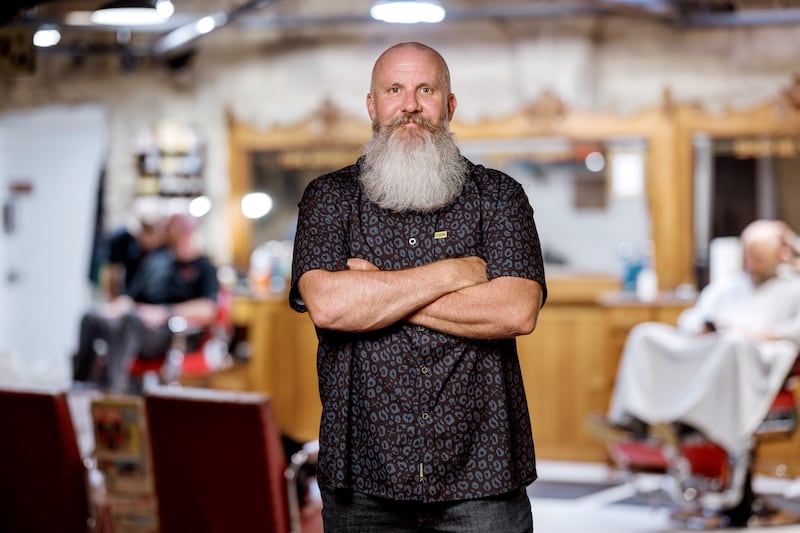
The best seat in the house
Each of Salt Lake City’s private social clubs offers something different to members. If you aren’t attracted to a hideaway full of antiques or blue-blooded class, perhaps your blood runs crimson.
A wall of football helmets welcomes members into the Ken Garff University Club, located in the south end zone of Rice-Eccles Stadium. The building used to sit empty for 350 days of the year but boomed to life after opening for club membership at the beginning of 2022. Senior Membership Director Melisa Steward says she’s aiming for 1,000 memberships, and at the time of our interview, there were fewer than 300 left.
Steward says about 30 percent of members are university faculty and staff, though other community leaders are increasingly hopping on board. What’s attracting them? Is it the free breakfast station and the only liquor license on campus? Is it the goat cheese dip that the club’s Italian chef graces with his grandma’s marinara recipe? Maybe, but I suspect it has more to do with the club’s affordability. Utah residents that live within 50 miles of the club pay monthly dues of just $85 for their entire family — or $45 if they’re aged 35 or younger. The $200 initiation fee funds University of Utah scholarships.
The University Club markets itself as family-friendly, though programming includes plenty of tap takeovers and other adult-focused events. Club members can also rent the space free of charge for private events and access dining and travel benefits at reciprocal clubs across the nation. The club is open only to donors and season ticket holders on home game days, but don’t worry — members of the club who don’t fall into those categories relocate to “tailgate island” with themed food and other fun perks during games.
Steward is also seeing an uptick in the use of the club’s coworking spaces. “We have people who do real estate closings in here, and then others who will just come and grab a bite to eat, answer some calls, work for the day, and turn on the TV and watch sports,” she says.
But regardless of whether you’re a football fanatic, university faculty member or rising entrepreneur, Steward hits the nail on the head: Becoming a member at the social club is really about connecting with the city’s who’s who.
“Anyone who signs up for a social club is looking for social connection. … It gives you a leg up for those future relationships,” she says. “Members walk in, see each other and say, ‘Oh, I didn’t know you were a member here.’ It’s this phenomenon of, ‘I see you. You see me. We see each other.’”
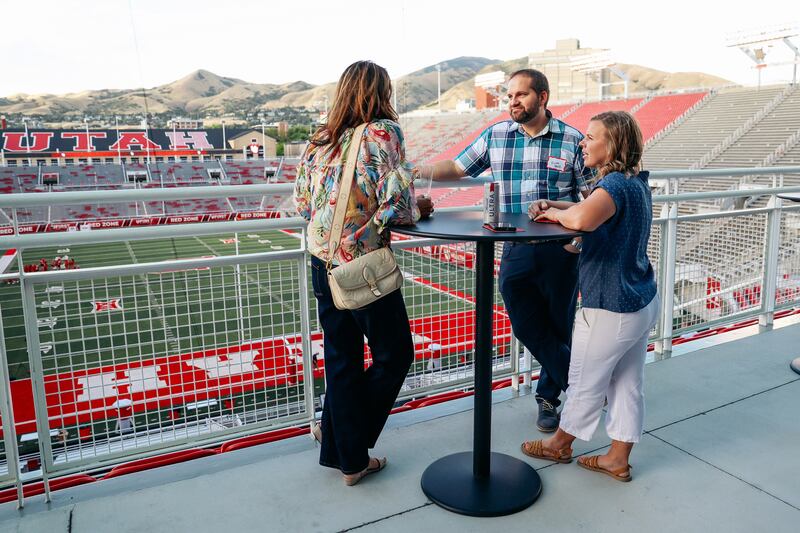
A new city social scene
When it comes to social clubs in Salt Lake City, if you know, you know — and if you don’t, you don’t. Due to this exclusive culture, Charlie Cardon says a lot of education still needed to happen when he opened Edison House with his brother, George, in 2023.
“When I’d talk to people, they just didn’t understand what a social club was,” Charlie says. “The easiest way to describe Edison House was as a modern country club without golf. Luckily, I think people have a deeper understanding of what we are now, and we don’t use that vernacular anymore.”
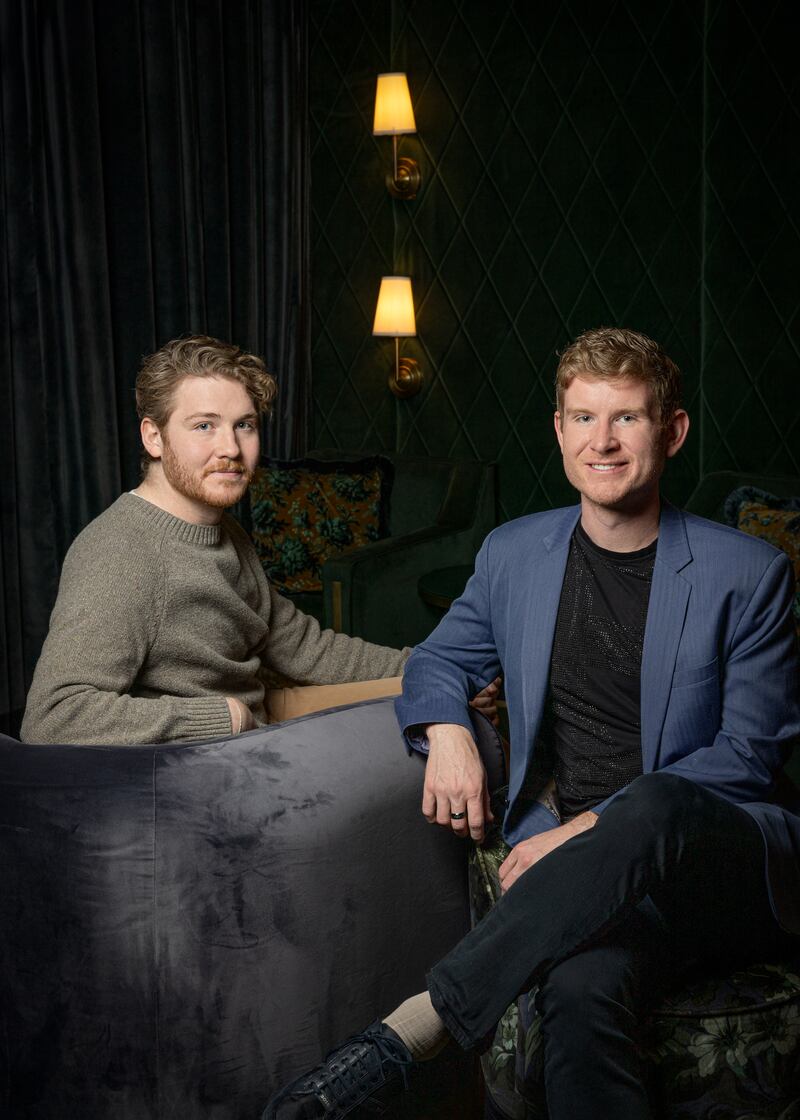
Walk into Edison House on a Saturday night and you’ll find patrons hanging out at the sports bar, singing karaoke under a ceiling of disco balls or sipping cocktails in the speakeasy. An endless stream of events includes sommelier-led wine tastings, trivia nights, live podcast recordings, Slamdance Film Festival screenings and more. The third floor boasts one of the only rooftop pools in the city, and the billiards room is lined with a collection of books and vinyl records chosen by founding members. Inside the velvet-clad jazz lounge, there’s a button hidden inside a picture frame — press it and a tray of champagne will be delivered to you.
But it’s not all about the nightlife. Lauren Boyack, head of membership and marketing at Edison House, says members increasingly use the club as a backdrop for closing deals. A custom tabletop that transforms the pool table into a boardroom for 16 was recently ordered to accommodate this, though Boyack is quick to point out that there are plenty of other nooks and crannies inside the club for private conversations.
Solo membership at Edison House requires a $500 initiation fee and monthly dues of $225. For you and a partner, the deal is almost two-for-one: a $600 initiation fee and $325 per month. In addition to the club’s amenities, members can access up to 46 reciprocal clubs worldwide.
“The vast majority of members are looking for a way to level up their day-to-day, whether that means making new friends or being in the same room as other industry professionals,” Boyack says. “We also have people who just want to lay by the pool and work out in the gym with our fitness instructor. … Our membership community is intentionally diverse, and I think that’s very representative of where Salt Lake is going.”
Where Salt Lake is going, of course, is on the path to becoming a major American city — one that’s made up of high-profile, socially-inclined dealmakers attracted to private networking. Charlie calls this “the new Salt Lake.”
“Sometimes people take a little bit of offense when I say that, but I firmly believe this was a very different town before COVID-19,” he says. “Salt Lake has always been a little bit behind in terms of cultural amenities. I think ‘the new Salt Lake’ is that catch-up.”
If national trends are any indication, social clubs in Salt Lake City could play an important role in its metropolitan future. With a handful of options already available and even more reasons to join, the choice of which club to call home becomes a matter of personal preference. What matters most, of course, is being in the room.
